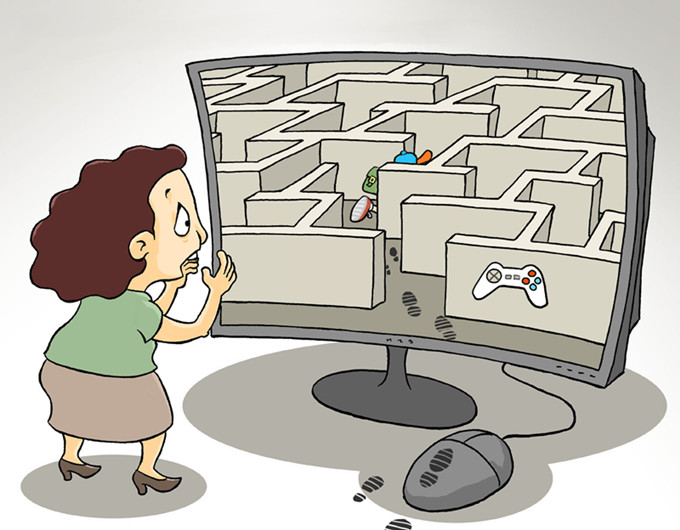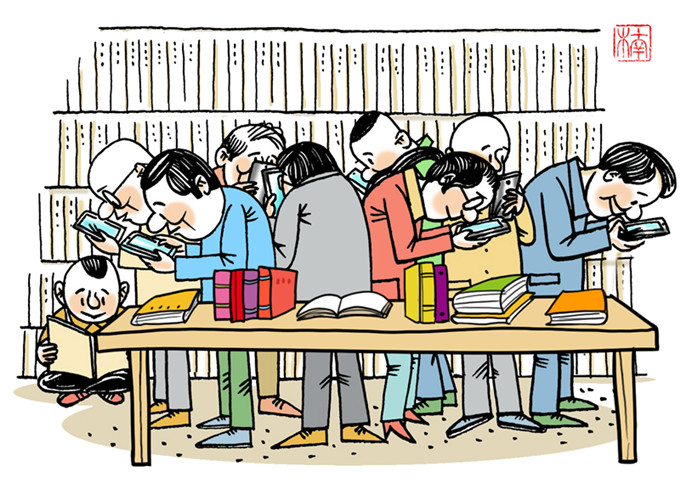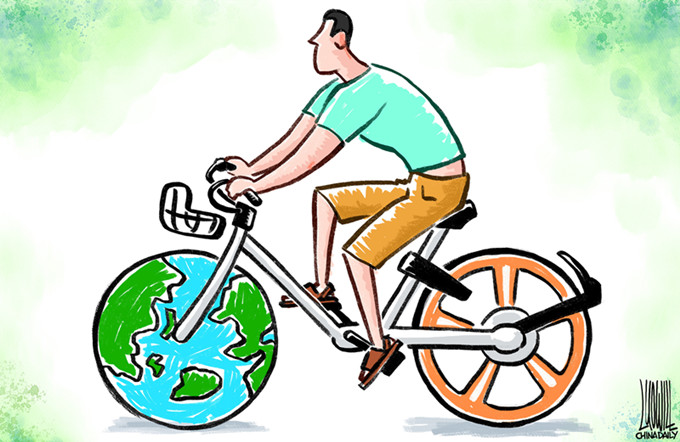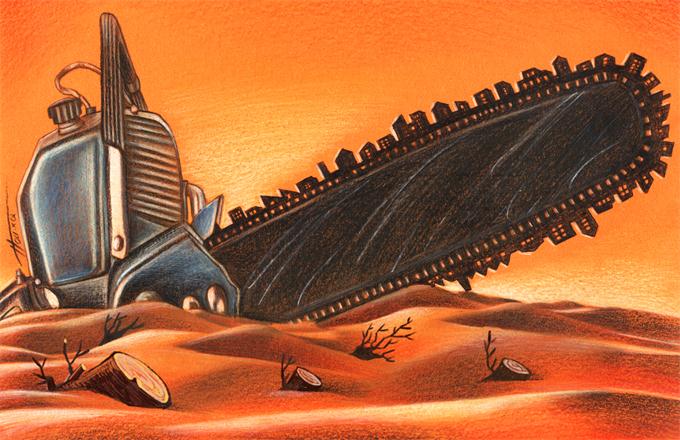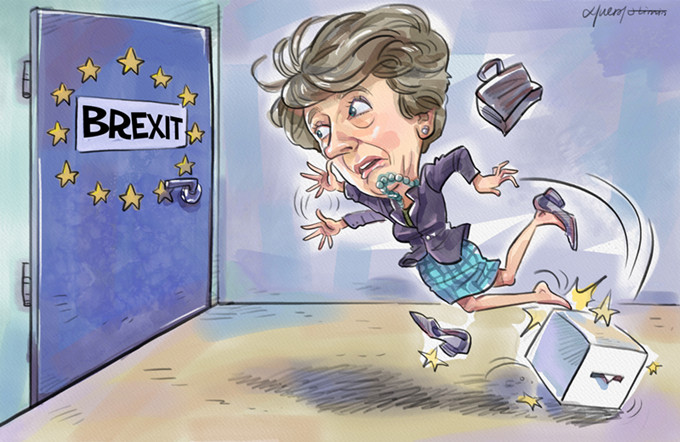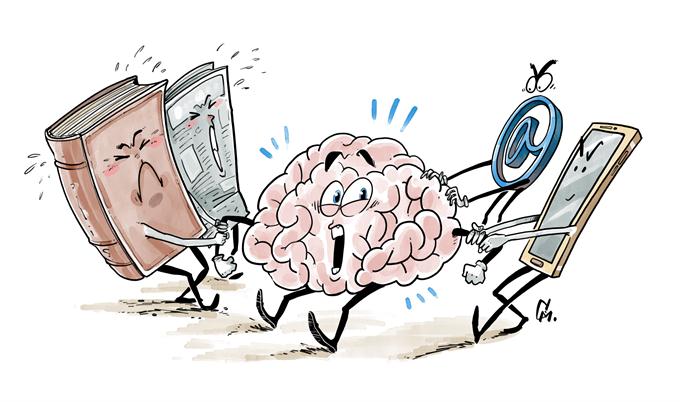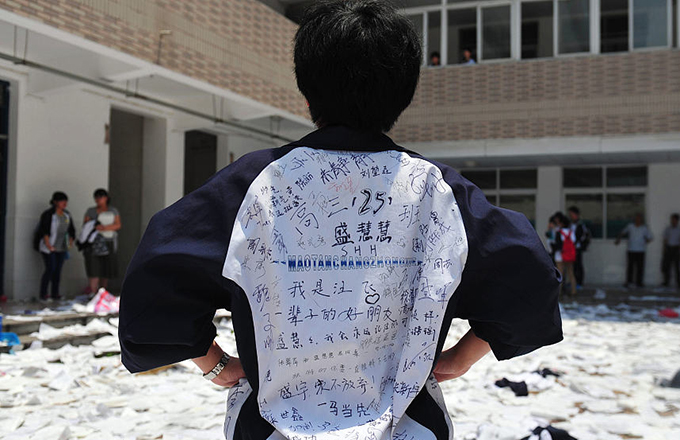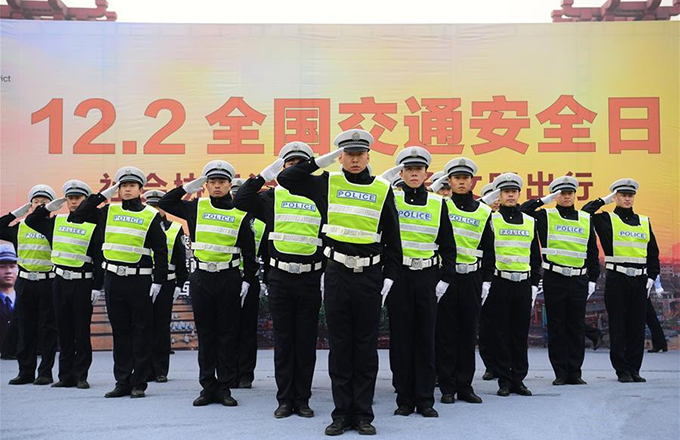One belt, one road...one world?
In late March 2017, New Zealand became the first Western developed country to sign a bilateral cooperation agreement with China on the Belt and Road Initiative. A spokesperson from China said it is hoped that this cooperation may serve as a role model for other countries.
As a New Zealander who has lived in China for the past six years I watch with interest any such connection, obviously on one hand due to knowledge and interest spanning both countries, but also from a strategic viewpoint.
What New Zealand’s contribution to and benefit from this venture actually will be is yet to be spelled out, but initiatives of this scale, scope and pedigree are indeed rare in history, therefore any nation that that has the opportunity to partner with such momentum is fortunate.
Let us first consider the scale of this initiative. Initiative is the best word to describe this massive undertaking, for in drawing up this plan China solidfies it’s determination to more effectively connect with Oceania, Asia, Europe and Africa. Involving more than 60 countries,the plan relates to a large proportion of the world’s trade and culture. Such a scale is impressive.
Early reprocussions are already making ripples around the globe. Bankers in London are projecting future currency changes, conference think tanks in Hong Kong are eyeing the potential, Eastern African countries are discussing future opportunities, on the Arabian Penninsular negotiations are taking place, Oceania countries are beginning to queue up to participate and of course the US is watching with great interest.
More than 50 economic and trade cooperation zones in 20 Belt and Road countries have already been established along the route by Chinese businesses. This is reported to have generated over 1 billion U.S. dollars and created 180,000 local jobs, and this is only the beginning.
The scope of the plan is immense. The key to it’s success being an unblocked road and rail network between China and Europe.
Traversing so many countries, time zones and borders gives this network a weighty significance, but most significant of all is the hub of the network-The People’s Republic of China. This huge nation of 56 ethnicities, of unbroken history and a consistent written language dating back over four thousand years is already unique among all nations of the world. However, within the last 100 years, she has undergone an astonishing transformation.
At the close of the Qing Dynasty, China was a rural based feudal society who had stagnated under centuries of a closed door policy and had suffered from the initial re-establishment of contacts with foreign powers. Society was imbalanced, women virtually had no rights, national cohesion was ineffective while the vast majority of people were living in subsistance and bound by superstitions. In those days, it was common dialogue among members of foreign nations to speculate whom would get which part of China when she was broken up!
European visitors found they needed to look back hundreds of years in their own history to find parallels with Chinese conditions. They did nevertheless, almost unanimously comment on one common redeeming characteristic, that is the pragmatism and cheerfulness of the Chinese people. This, to the extent that some statesmen ventured to offer their predictions of the future based on extensive experience with China:
“Three empires fill the vision of the future, United States, Russia and China.” William Speer 1900
“This mysterious race (Chinese)…with the Anglo-Saxons and the Russians, will divide the earth a hundred years hence.” Sir Lepel Griffin (approx 1895)
Indeed, within 100 years, China arose and grew strong again. It’s the sort of plot that makes an entralling story. Certainly China has prevailed through the hard times and now is prospering, but as she has prospered we have seen a unique version of power weaving from China in and out of other nations. While other nations often deploy military might to achieve their desires, China has been specialising in what is know as “Soft Power”.
Combining manufacturing might, funding and the need for resources and foodstuffs, Chinese diplomacy has sought to forge win-win relationships globally.
In a tiny South Pacific island kingdom, excellent roads have been built by Chinese workers while at the same time, a significant population of immigrants from China have taken up residence there.
In an African nation, high quality roads have been built by the Chinese Government and are used by Chinese trucks hauling tons of produce to transport hubs ready to be shipped back to China where there is greater and greater demand for quality food.
Soft power offers wide ranging benefits to recipient countries, but the bottom line most certainly, is benefit to China.
The scope of such cooperative agreements is almost unlimited. In contrast, arrangements to mutually benefit and enhance trade, industry and cultural opportunities potentially bring overwhelmingly positive and creative reprecussions.
The third aspect making this initiative unique is it’s pedigree.
China has a long history of forging trade routes reaching back and forth to the West.
During the Western Han Dynasty, Zhang Qian made 2 journeys to and from the West, through great perils and hardships eventually reaching Europe, initiating what would much later be named the ‘Silk Road’.
In the Ming Dynasty, Zheng He commanded and sailed huge fleets of ships from China all the way to to East Africa.
Opening land or sea routes for trade and cultural exchange is nothing new to China. We may call this pedigree, and it is a peaceful pedigree, as in apart from subduing and assimilating bordering cultures into her own, China never has used such routes for agression.
A key difference between the old Silk Road or the old Maritime Silk Road however is that then, China had reletively limited production scope and capacity. She was an agricultural society. Now she is a largely urbanised society with every increasing mass production and IT development capability. The pedigree is that same will to trade and exchange, but now, the scale and scope are exponentially expanded.
What implications will this have? How will this change the world? Perhaps a modern William Speer or Sir Lepel Griffin may dare to speculate on this.
Much of the trade and commerce perhaps already is taking place, albiet in not such a streamlined, fast tracked fashion as is proposed here.
The plan’s success has it’s share of sceptics, but as Kevin Sneader, a Senior Partner from the McKinsey Group , said in an interview in May 2016 “You could make all those assumptions and sit out, or you could say, “If I sit out, I may be missing out on the world’s largest trading collaboration for many, many years.” “
Any project that seeks to unite so many peoples around a common goal not only has potential for better trade relationships, but also for greater unity and understanding.
Maybe this One Belt One Road initiative can serve to remind us that almost everybody now, lives beside some road that merely takes us to someone else quite like us, just a little further along the same road.
This planet has many cultures, languages and many ethnicities. There is however, only one race, the human race, and optimistically, one future together.






